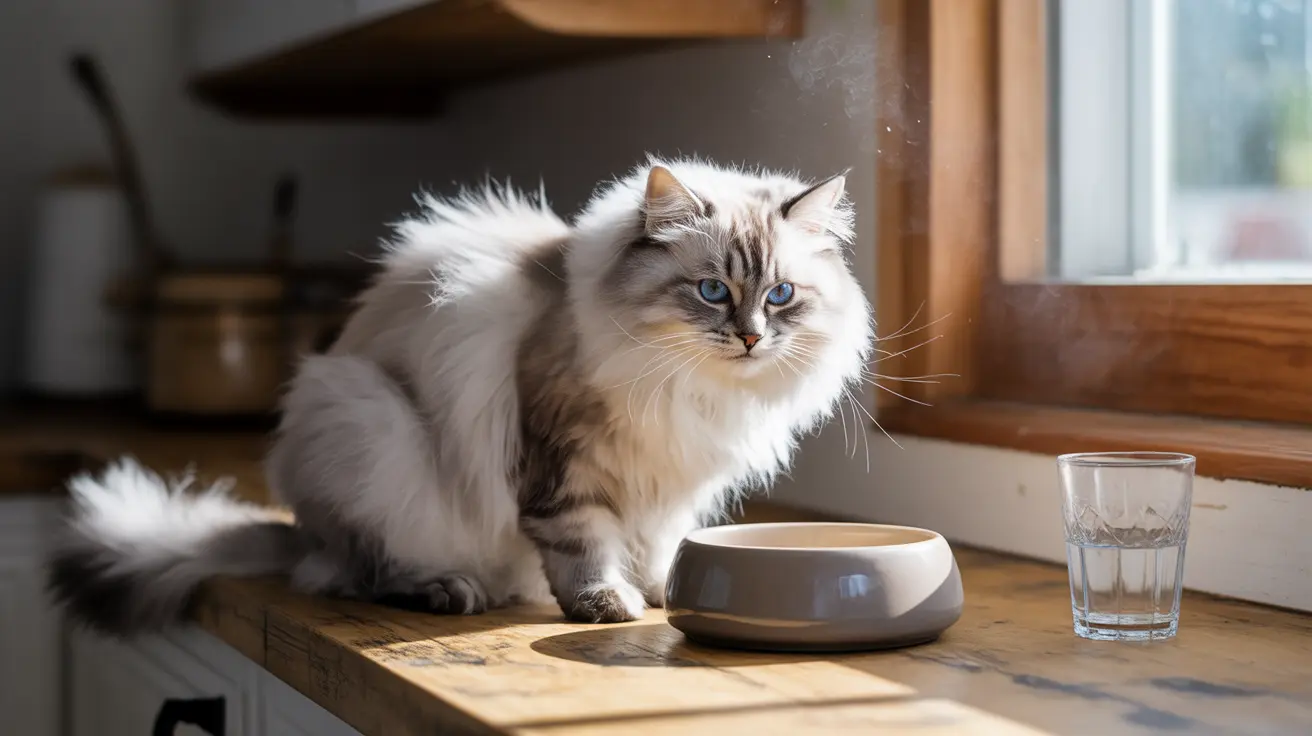Introduction
Elevated cat bowls are becoming increasingly popular among pet owners seeking to enhance their feline friends' dining experience. These raised feeding stations, typically positioned 4-6 inches above ground level, offer potential benefits ranging from improved posture to easier digestion. This comprehensive guide explores everything you need to know about elevated cat bowls, helping you decide if they're right for your pet.
Understanding Elevated Cat Bowls
Elevated cat bowls consist of food and water dishes mounted on raised platforms or stands. These feeding stations come in various materials, including stainless steel, ceramic, and plastic, with features like non-slip bases and ergonomic designs. The elevation typically ranges from 4 to 6 inches, positioning the food at a more natural height for your cat's eating posture.
Benefits of Raised Feeding Stations
Improved Posture and Comfort
One of the primary advantages of elevated cat bowls is the promotion of better eating posture. By raising the food to a more natural height, cats can maintain a more comfortable position while eating, reducing strain on their neck and spine. This is particularly beneficial for larger cats and breeds with longer bodies.
Support for Senior and Special Needs Cats
Elderly cats and those with arthritis, joint problems, or mobility issues often find elevated bowls more comfortable to use. The raised height minimizes the need to bend down, making mealtime less painful and more enjoyable for cats with physical limitations.
Digestive Benefits
Some veterinarians suggest that elevated bowls may aid in digestion by allowing gravity to assist food movement through the esophagus. This can be especially helpful for cats with conditions like megaesophagus or those prone to regurgitation.
Choosing the Right Elevated Bowl
Height Considerations
The ideal height for an elevated cat bowl should align with your cat's lower chest when standing. This typically means 4-6 inches off the ground for most adult cats, though individual needs may vary based on size and physical condition.
Material and Design Features
Look for bowls made from durable, easy-to-clean materials like stainless steel or ceramic. Important features include:
- Non-slip bases for stability
- Smooth, rounded edges for safety
- Wide, shallow dishes to prevent whisker fatigue
- Dishwasher-safe components for easy cleaning
Implementation Tips
When introducing an elevated bowl, make the transition gradual. Place the new bowl next to your cat's existing feeding station and allow them to choose. Some cats may adapt quickly, while others might need time to adjust to the new height.
Maintenance and Hygiene
Regular cleaning is essential for elevated bowls, as their design can sometimes trap food particles and moisture. Clean both the bowls and the elevated platform daily, and perform deep cleaning weekly to maintain proper hygiene.
Frequently Asked Questions
What are the main health benefits of using elevated cat bowls for senior or arthritic cats?
Elevated cat bowls reduce joint stress and neck strain by minimizing the need to bend down. This makes eating more comfortable for senior cats and those with arthritis, potentially encouraging better food intake and maintaining proper nutrition.
How do elevated cat bowls help reduce whisker fatigue in sensitive cats?
When combined with wide, shallow designs, elevated bowls help prevent whisker fatigue by providing better access angles and reducing whisker contact with bowl sides during eating and drinking.
Can elevated cat bowls improve digestion and reduce vomiting in cats with swallowing issues?
Yes, elevated bowls can help cats with swallowing difficulties by using gravity to assist food movement through the esophagus. This may reduce regurgitation in cats with certain digestive conditions.
What materials and features should I look for when choosing an elevated cat bowl to ensure stability and hygiene?
Choose bowls made of stainless steel or ceramic with non-slip bases, smooth edges, and easily cleanable surfaces. Ensure the platform is sturdy and wide enough to prevent tipping.
How can I transition my cat to an elevated bowl if they seem reluctant to eat from it?
Start by placing the elevated bowl next to their regular bowl, allowing them to choose. Make the transition gradual, and consider using treats to create positive associations with the new feeding station.
Conclusion
While elevated cat bowls can offer significant benefits for many cats, especially those with physical limitations or specific health conditions, they're not essential for every feline. Consider your cat's individual needs, age, and health status when deciding whether to make the switch. When in doubt, consult with your veterinarian for personalized recommendations.






